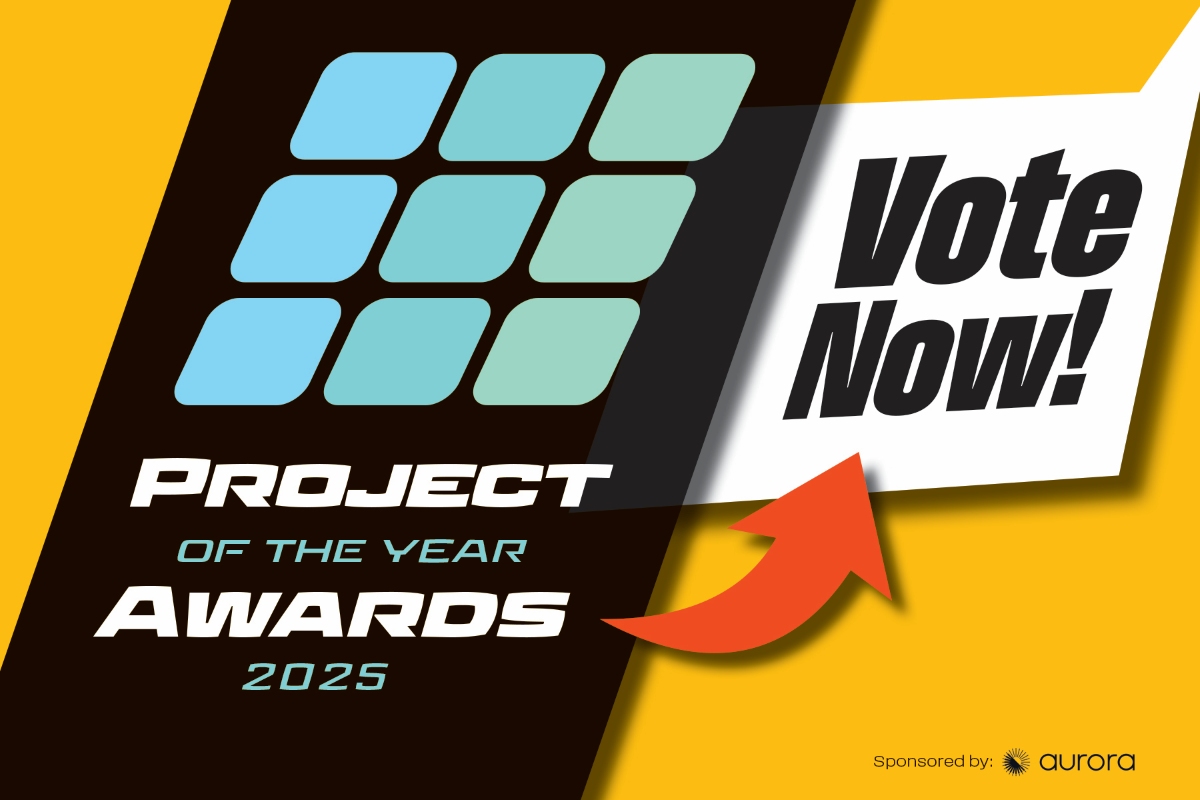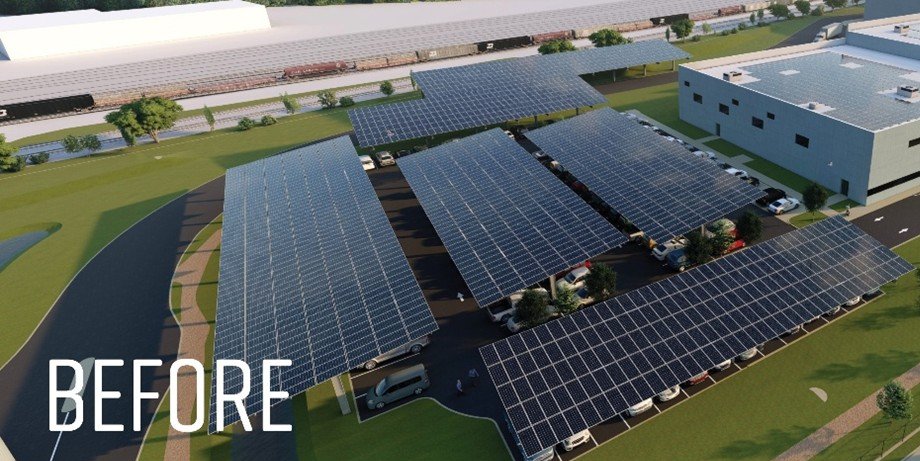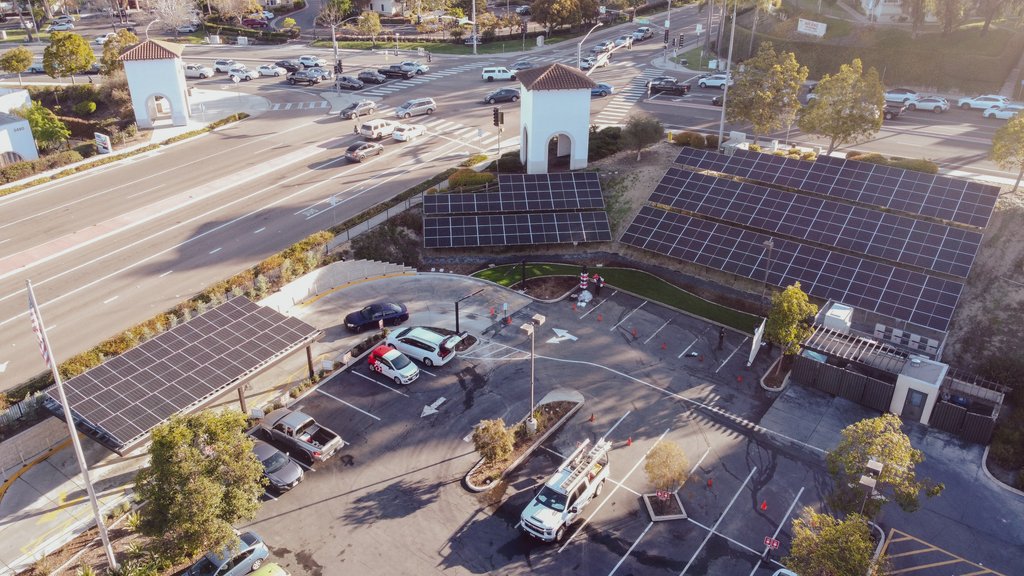Next-gen microinverters: Ramping up reliability, power, storage options
New applications

The cables on SMA’s Sunny Boy are daisy chained so that any damaged cables can be more easily swapped out.
This next evolution in microinverter functionality may start to change their applicability. Residential applications currently account for approximately 80 percent of microinverter use, but Simpson believes the commercial segment (think minimarts and carports) is poised as the next big growth area for MLPE applications thanks to the current and upcoming microinverter innovations.
“We definitely see more applicability of microinverter technology in the commercial solar space, which greatly benefits from the modularity and distributed nature of a microinverter system,” Reed says. “Commercial systems have rapidly gone from mainly central inverters to string inverters, and now, most recently to microinverters.”
The play for solar energy, more and more, is grid interaction, and microinverter technology is moving to meet this demand, Reed says.
“As the energy sector moves toward a time when more and more distributed generation [DG] will be installed on the grid, and with the addition of more PV, storage and electric vehicles coming online, the grid is constantly changing,” he says. “To accommodate these changes, utility companies are beginning to work with solar companies, using smart inverters to improve stability of the overall grid.”
For example, Enphase recently completed a system-wide upgrade with Hawaiian Electric to remotely update the operating characteristics of more than 800,000 microinverters to substantially strengthen the local grid, which saved millions of dollars in potential upgrade costs.
As technology continues to evolve, the next generation of microinverters will have to be bigger, in terms of power output, to handle today’s module sizes and the potential for future growth. Look for improvements in wattage, voltage ranges, efficiency and utility connection to continue, and as codes and regulations in states and municipalities change as distributed PV becomes even more integral to local and regional energy solutions, microinverter product offerings will continue to adapt.
“Microinverters that have the easiest installation methods, full monitoring capabilities and lowest total cost of ownership [TCO] will prevail as the winners,” Simpson says.
“It’s the nature of microinverters to change project applicability, allowing for more buildings with odd roof design and other factors to now be solar-friendly where before it wasn’t practical to place modules in odd quantities or in places that could only fit a few,” Dore says.
Each of the microinverter manufacturers we spoke to are expecting more and more innovation in terms of fleet management, service, grid support and energy management — more robust solutions that combine energy generation, storage, control and management into a single solution.
“We believe that eventually people won’t be going out to buy a solar system; they’ll be buying an energy management system,” Reed says.
“Microinverters that will continue making inroads will be achieving a balance between reliability and price as market demands shift,” Dore says. “If you can provide installers with a solution that improves their installation experience, optimizes long-term profitability and corrects existing pain points while meeting the demands of changing grid requirements, you have a recipe for growth.”
What’s new in the world of mounting?
Chris Crowell is managing editor of Solar Builder.




